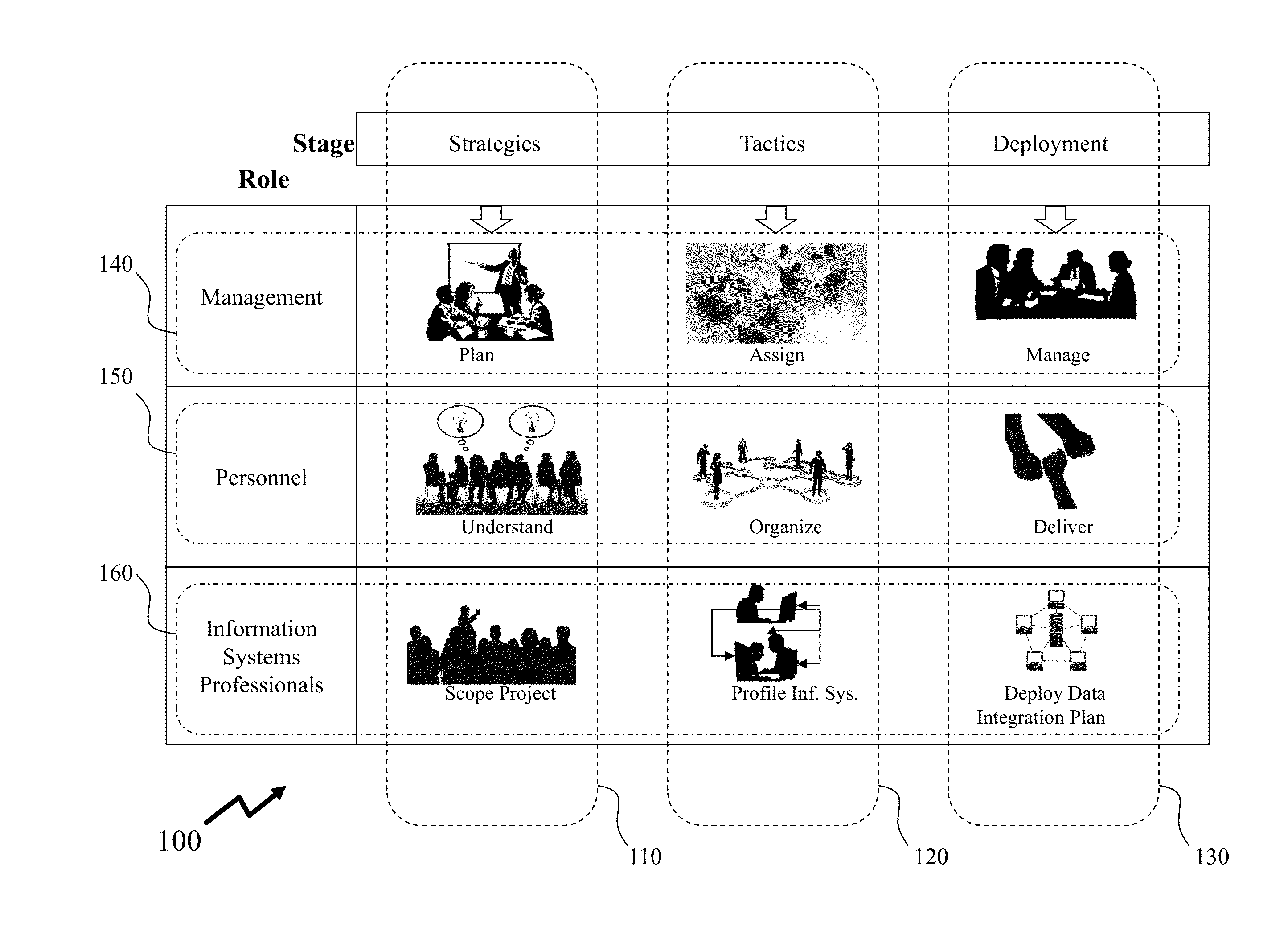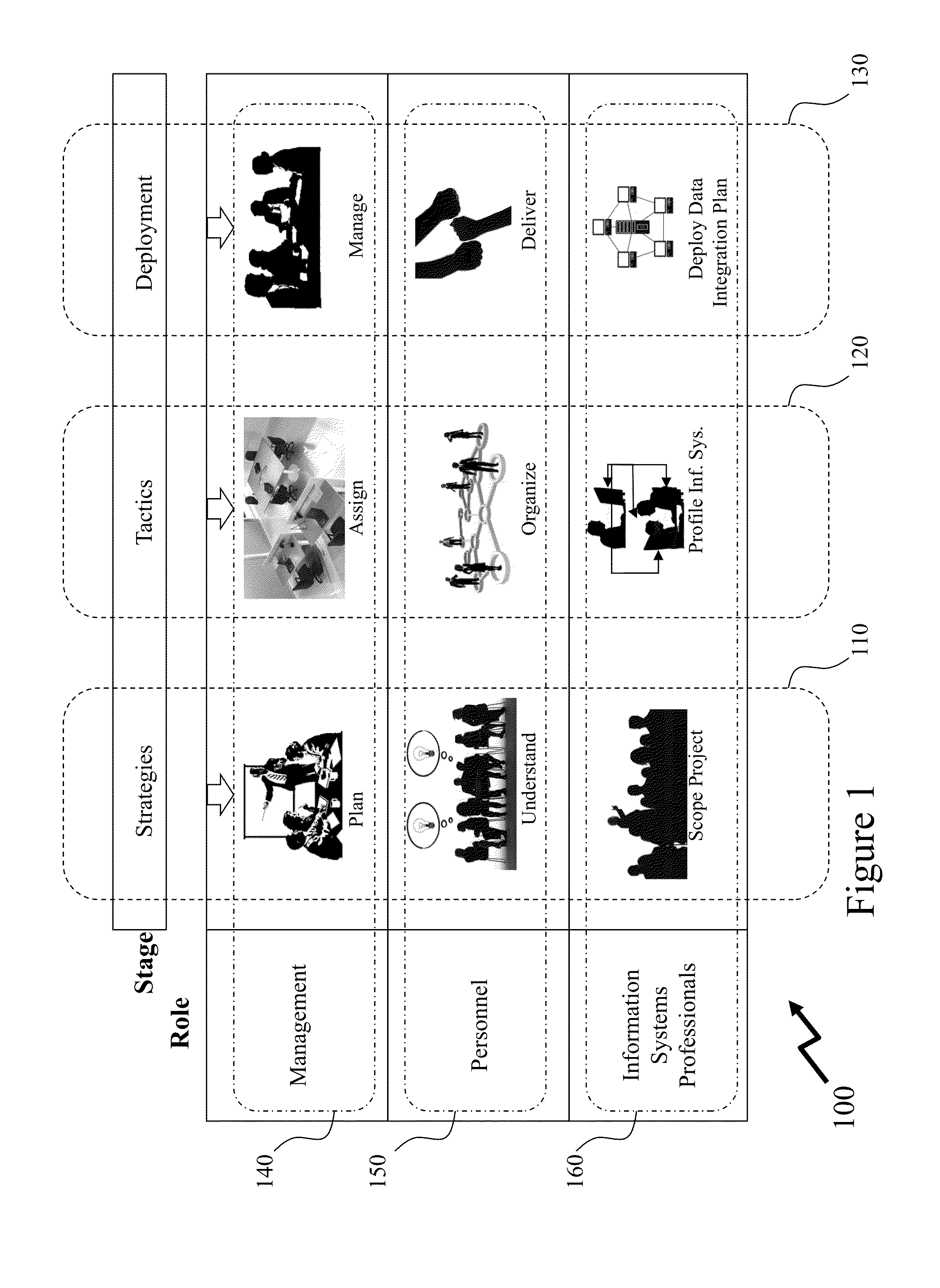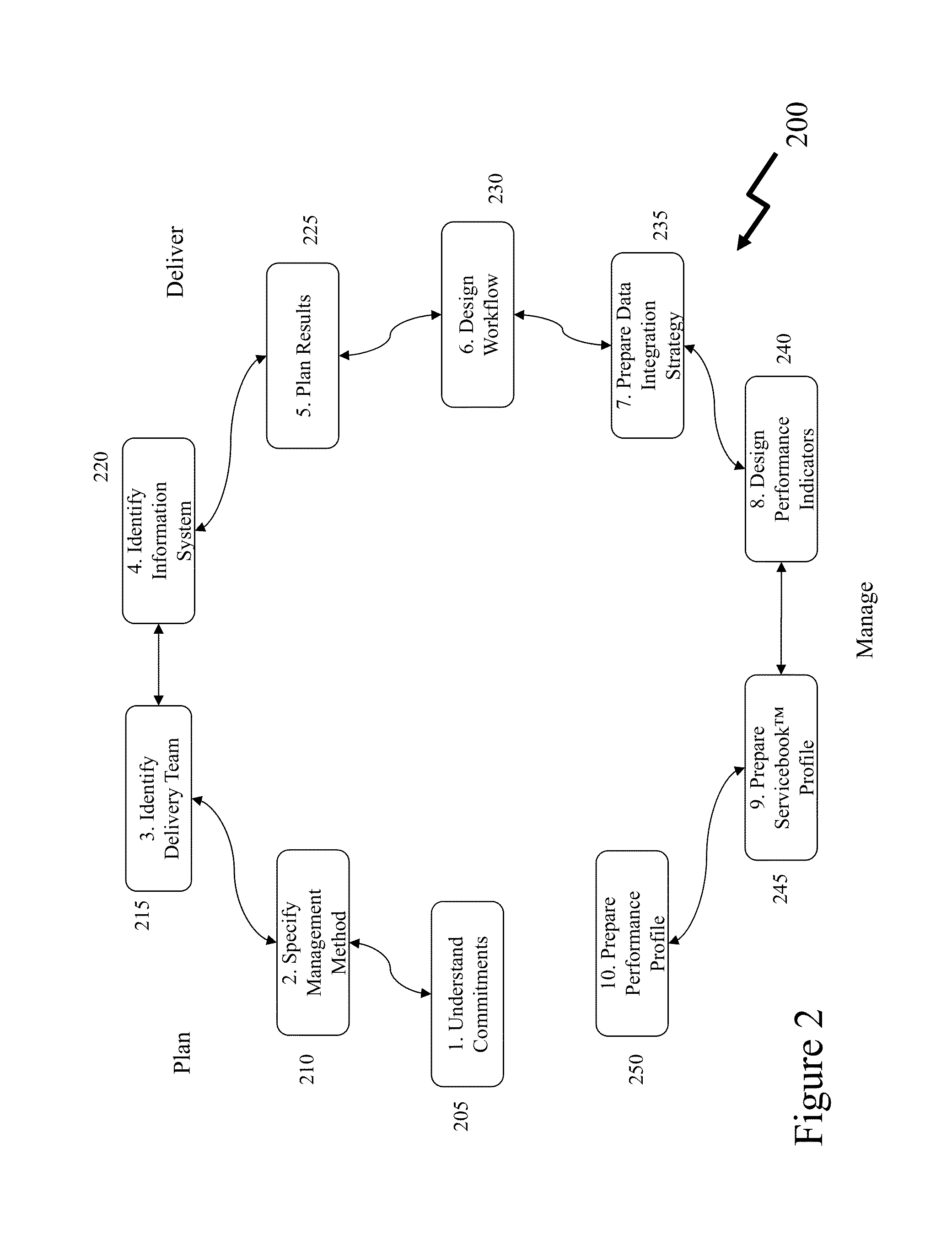However, planners seeking to capture an organization's strategy often face a significant undertaking, as are the subsequent activities of communicating the plans to implement the strategy, and determining how its implementation will be measured and monitored to inform course corrections by the various stakeholders in the strategy including governments that may collect tax from a successfully implemented strategy.
A strategy may fail for various reasons including due to failings of the linkage between these two processes due to those managing the strategy not realizing that they have differing interpretations of the strategy as formulated, the strategy being outdated even before the process of business planning and management has begun due to the time it takes for managers both to appropriately interpret the strategy and to reach agreement on what management framework will be used to implement it (e.g. an externally sourced framework such as balanced scorecard, an internally developed framework, or a prescribed framework by a standards organization) for aligning
strategy implementation activities, those who formulated the strategy not being aware that unanticipated results may require reformulation of the strategy, or that the strategy may be misaligned with other strategies and plans of the organization that are underway.
These issues become even more complex when the strategy affects multiple business units across all or part of an organization or when the execution of the strategy is by different organizations to that formulating the strategy and / or financing the strategy.
However, there have been relatively few business methods leveraging the advances in graphical user interfaces,
software, hardware and networking to capture the results of strategy formulation exercises in a way that facilitates business planning, management, implementation, monitoring, improvement and promotion both within the organization and with partner organizations,
client organizations and supplier and
service provider organizations including governments.
As such, this imposes a decision-making support process that may not be advantageous for many applications where agreement on strategy elements among multiple users is required before performing alignment in order for convergence on the elements to occur within an economically feasible timeframe; also, elements are drawn upon in one framework in a manner that is independent of how they are drawn upon in another: this also is inefficient and not applicable to many time and cost-sensitive business environments.
Further, the method applies to specific businesses in a way that is not suitable for adoption by other businesses that use different alignment frameworks or that have not yet formulated such frameworks.
Further, the information captured is not intended to serve in the automated configuring of
dashboard systems that will be used to implement the initiative or project.
The application, however, is far too comprehensive for smaller organizations to deploy in an economically feasible manner, is not intended for the
client (in this case, the clients of EDS) to deploy independently, and it prescribes a model for
change management rather than facilitate
consensus-building on a
dashboard system for those who will experience that change.
The method, however, prescribes a structure of alignment of outcomes and activities for strategy management rather than facilitate
consensus-building on what structure should be used by those who will be accountable for achieving the outcomes, does not inform the configuration of the information systems used to implement the strategy, nor are the results suited to commercialization within a
client-provisioned marketplace.
The method, like Brennan, prescribes a structure of alignment of outcomes and activities for strategy management rather than facilitate
consensus-building on what structure should be used by those who will be accountable for achieving the outcomes, does not inform the configuration of the information systems used to implement the strategy, nor are the results suited to commercialization within a client-provisioned marketplace.
However, many strategies to enact mandates, and their associated business models, have no benchmark, for example government strategies may involve theories for enabling social outcomes, and these may involve multiple organizations working in ways that have no precedence.
Further, Farooq requires
user input in development of business models, however there may not be agreement in an organization on what that input should be.
However, Cantor is limited to governance models and tools for organizations and does not extend to the broader needs of the
day to day activities of people and their alignment with organizational goals, the enablement of a marketplace for promoting these models, nor a means for arriving at a consensus on the models and tools in the first place.
D'Albis does not, however, empower the user with the real-time and interactive capabilities offered by typical web and
social media services, nor does the invention serve to define
dashboard systems, and while it does assist to communicate strategic plans to those responsible for implementing them, it doesn't enable the configuration of enterprise systems for tracking
strategy implementation.
Tien does not, however, provide any direction on the information to be tracked by the dashboard, nor how an organization is to arrive at a consensus on what that information should be, nor how to ensure that the dashboards of users are to be aligned towards common goals.
Such a method therefore is unable to design new performance indicators, nor align those indicators in accordance with a management framework such as balanced scorecard or COBIT, nor deploy those indicators on generally available enterprise systems.
Like Tien, however, the invention does not provide any direction on the information to be tracked by the dashboard, nor how an organization is to arrive at a consensus on what that information should be, nor how to facilitate the alignment of the dashboards comprising those key performance indicators (KPIs) in an organization if that organization uses a management framework other than balanced scorecard.
Accordingly, Venkatasubramanian teaches to a
Business Intelligence (BI)
system for integrating data from multiple sources to establish the data for generating a KPI, however, does not provide any direction on the information to be tracked by the dashboard, nor how an organization is to arrive at a consensus on what that information should be, nor how to facilitate the alignment of the dashboards comprising those KPIs in an organization if that organization uses a management framework other than balanced scorecard.
As can be imagined, this together with a plethora of best practices frameworks such as Balanced Scorecard (BSC) and Control Objectives for Information and related Technology (COBIT) result in such means being typically quite inefficient, lengthy, and unwieldy.
Meetings require time, energy, and, potentially,
travel time with no guarantee of useful results, and at the same time communications between principals can get lost, misdirected, or simply misunderstood.
Not only that, but current communications are essentially one-to-one channels which makes it difficult to arrive at a consensus among more than two people.
Whilst multiple participants in a discussion via email is possible, most people are familiar with the issues of the unwieldy “reply all” email tactic: such emails can very quickly become overly large, overly complicated, and the issues discussed can very easily get sidetracked or lost where multiple issues are dealt with in a single thread of emails.
Further, accountability for who is to do what by when may be lost.
Another challenge for organizations is capturing the results of such communications so that plans are implemented as intended and achieve the results intended.
Such a challenge may arise at least in part due to difficulties accessing records of the business
planning process, a lack of a common language (e.g. the Business Motivational Model of the Object Management Group) for business planning which may lead to misinterpretations of strategies and plans, an inappropriate or insufficient consideration of one or more other strategies or plans of the enterprise enacting the strategy and / or those of its partner organizations, or an inappropriate or insufficient consideration through the
planning process of implementation constraints, among others.
Accordingly, part or all of the strategies and plans as formulated and communicated may be inappropriately captured and / or interpreted, and therefore lead to errors in the implementation of the strategies and plans.
The same challenges that arise in capturing and interpreting strategies and plans also arise in capturing and interpreting the characteristics of the
system for tracking them.
A lack of consensus may lead to activities of the collaborating organizations being misaligned, thereby putting the achievement of the joint initiative at risk.
In
current practice, this is often done through commissioning a consultant, possibly internal, to prepare an analysis of the requirements of the new business, program or service, to then seek out organizations with relevant experience, and to attempt to access that experience either by way of interviews, document reviews or other means This process can be resource intensive for both the planning and the experienced organization, and typically would result in a
delay in the implementation of the new initiative.
Further, communications between these organizations may suffer from the challenges described supra.
 Login to View More
Login to View More  Login to View More
Login to View More 


